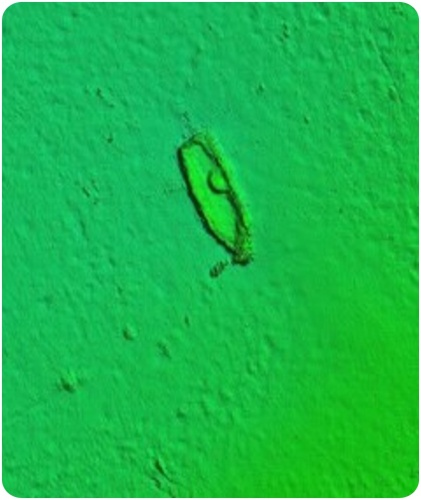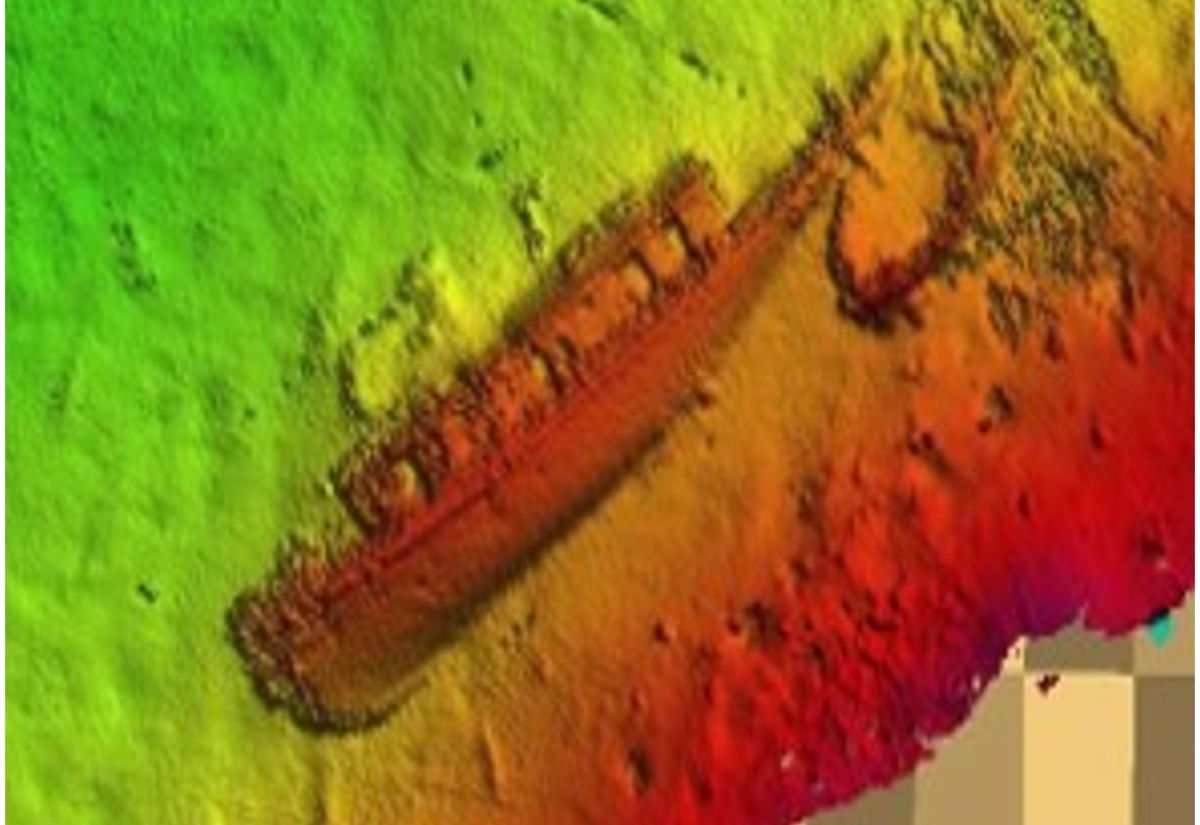Hydrography Important to Jamaica’s Development
By: , June 28, 2024The Full Story
Hydrography is a branch of applied sciences dealing with understanding, measuring and mapping seabed topography and coastal features, which is of particular importance to island territories such as Jamaica.
The Topographic and Hydrographic branch of the National Land Agency (NLA) is responsible for the island’s hydrographic surveying and is the International Hydrographic Organization (IHO) focal point for Jamaica.
Jamaica officially joined as the 69th Member State when it acceded to the IHO Convention in April 2000.
Acting Manager for the NLA’s Topographic and Hydrographic Branch, Diego Billings, tells JIS News that with some 90 per cent of trade in Jamaica being done by sea, the work of the branch is of critical importance to entities like the island’s primary energy provider, the Jamaica Public Service Company (JPS).
“JPS needs crude oil, and that cannot be transported by air, so they will need a ship to come into port to deliver that oil. Normally, what we will do is to produce a chart which has the depths and other navigational aid that is used by the ships coming into the harbour, and if the port is not adequately mapped and is deemed unsafe, a ship will not come into the harbour and JPS would not get that crude oil,” Mr. Billings says.
He adds that members of the diaspora also benefit from the efforts of the branch when making shipments to loved ones.
“The simple man that is in, for example, New York trying to get his barrel back to his family, that would be difficult if we don’t carry out our work,” says Mr. Billings.

He points out that while few Jamaicans may think of the immediate importance of hydrography, it directly impacts their daily activities, even those which are internet-based.
“For example, the fibre-optic cables in terms of cable and pipeline routing – a hydrographic survey is done to map that area, and what that does is to show you the elevation of the sea floor, to see whether there’s a slope, whether there’s a rock, because you can’t just lay a cable or a pipe on the sea-floor just like that. You would need to know the natural sea-floor, because for that you will need a flat sea-floor. You can’t lay a cable or pipe on a slope, it will break eventually,” says Mr. Billings.
A National Hydrographic Committee (NHC) was established by Jamaica in 2006 as a part of the National Council on Ocean and Coastal Zone Management (NCOCZM), which is a Policy Advisory Council in the Ministry of Foreign Affairs and Foreign Trade.
Membership on the Committee is drawn from key maritime interest groups, and other stakeholders, including the Jamaica Defence Force (JDF) Coast Guard, Port Authority of Jamaica (PAJ), and Maritime Authority of Jamaica (MAJ).
Mr. Billings informs that since 2023, Jamaica has been a member of the IHO Council and plays a key role in the field across the region.
“Being a part of the Council, Jamaica has a say [and] we are representing the Meso-American and Caribbean Hydrographic Commission. So, we are representing the smaller islands and nations within the Caribbean Sea,” he says.

The NLA’s Hydrographic team consists of two Category-A and two Category-B hydrographic professionals who have received international training and are certified by the IHO, International Federation of Surveyors (FIG), and International Cartographic Association (ICA).
“A Category-A hydrographer is the highest certification for a hydrographer, and then we have our category B. One of our staff is off to South Korea to do his category B and will be back in November. We [also] have another Category B surveyor here who came back in 2023. In terms of training personnel, I think we’re doing pretty good in that aspect, because if it wasn’t for the training, we could not be doing what we’re doing,’ says Mr. Billings.




